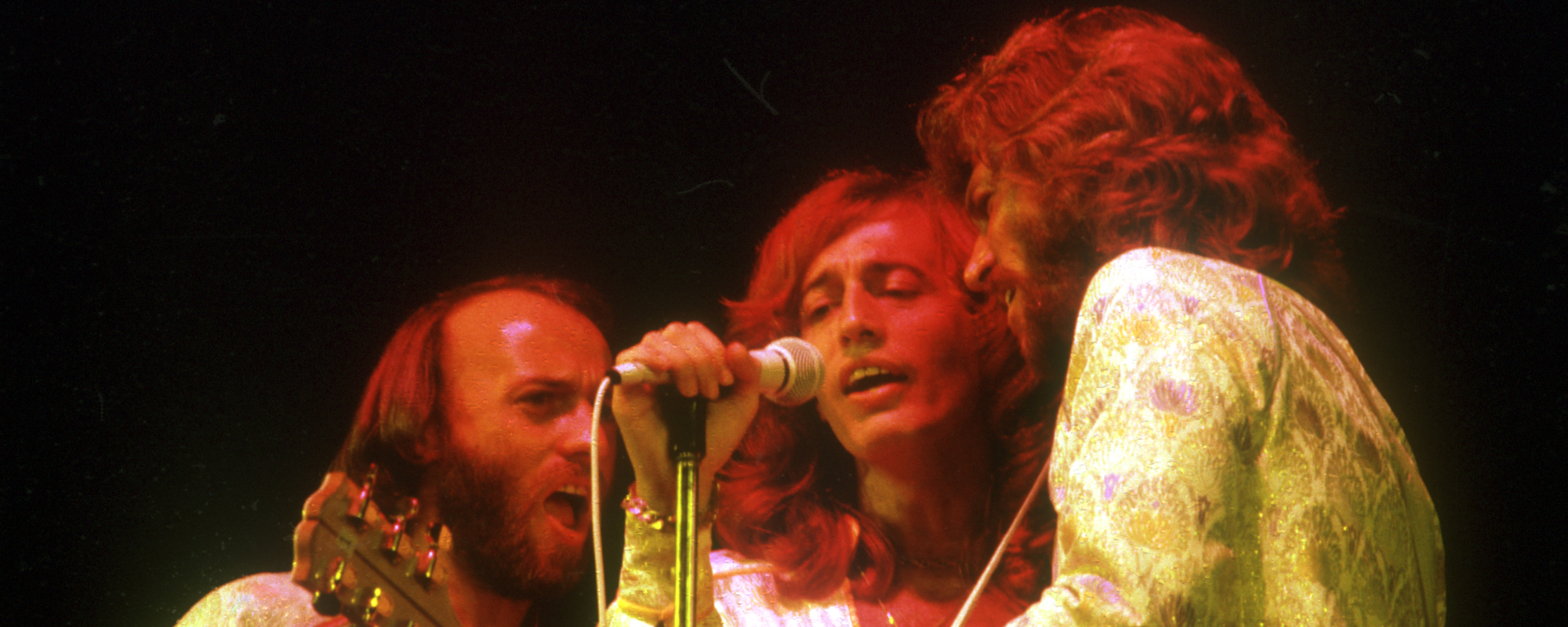When you’re looking back at an album that’s 40 years old, it’s tough to locate the context of the original time of the recording if you weren’t there when it happened. The tendency is to then associate the record with circumstances surrounding the artist in question that may have surfaced in the interim. That’s certainly the case with Tina Turner’s Private Dancer, released in May 1984.
Videos by American Songwriter
We now associate the content of the songs with the events of Turner’s personal life, which we found out from a later autobiography and a movie based on that book. But Turner conveyed all of that pain in the songs on that breakthrough record well before the average fan knew of the exact details. More importantly, she portrayed the ability to rise above the darkest moments and come out hopeful, even triumphant.
That’s what we all related to when we first heard those songs. That Turner even made it to the point where she could release the album could be attributed to her persistence and a little bit of luck. Let’s look back at how Private Dancer was made.
Turner’s Turn
Considering what an icon most consider her to be, it’s somewhat shocking to think of how far Tina Turner’s star had fallen in the late ‘70s and early ‘80s. She couldn’t even get her 1979 album Love Explosion released in the United States. To make ends meet, she performed at tiny venues and made television appearances wherever she could.
Turner was savvy enough to realize that her path forward in the ‘80s wasn’t going to be nostalgic nods to the R&B and soul music of her time with former husband Ike. Instead, she would embrace the glitzy, synthetic pop and rock that was taking over the airwaves at the time, trusting she could provide the necessary soul with her vocal performance.
She found a manager in Roger Davies who shared her vision, and a record label chief in Capitol’s John Carter who believed in her. Test-balloon singles were sent out, and Turner’s cover of Al Green’s “Let’s Stay Together” found enough traction to give everyone the confidence for a full album. The bulk of Private Dancer was churned out over a few weeks in London in 1984.
A Unifying Talent
Stare too long at the credits of Private Dancer and you might get a little bit of a headache. So many songs, so many producers. Songs that were written specifically for the sessions, songs that had already been made famous, songs recorded by others that sunk without making much of a dent. Turner ran roughshod over them all. If there was any lingering lack of confidence over her career struggles prior to this record, it’s nowhere evident.
Turner famously balked at “What’s Love Got to Do with It,” before finally relenting once an arrangement suited her. That decision was crucial, not only because the success of the song greased the wheels for the rest of the album, but because it’s a little light-footed, providing balance to some of the surrounding bombast. It allows songs like “Better Be Good to Me” and “I Might Have Been Queen” to swing for the fences with their power choruses.
Turner took on Mark Knopfler’s title track and imbued it with so much more than on the page: Cool bravado gives way to overt desperation so subtly you’ll never notice the transformation. The covers of the popular stuff all shine a light on Turner’s interpretive skills. Of special note are her sizzling takes on “I Can’t Stand the Rain” and “1984,” where on the latter she takes some of the pomp out of David Bowie’s dire warnings and plays them for some campy fun.
The Legacy of Private Dancer
We can take the long view of Private Dancer and see it as the album that catapulted Tina Turner to the top of the music world, which is where she rightfully belonged the whole time. But it’s important to appreciate this album on its own terms. In the middle of the MTV-fueled pop music explosion of 1984, Turner was not only in the ring with the heavyweights, but also throwing haymakers and connecting.
That just wasn’t to be expected from a 44-year-old whose finest moments seemed at the time like they were well behind her. Private Dancer worked then as it was, and it works even better now that we know the full extent of the inner strength needed for Tina Turner to get to that point. The talent? Well, that was always there, just waiting for the chance to shine brilliantly all over again.
When you purchase through links on our site, we may earn an affiliate commission.
Photo by Michael Ochs Archives/Getty Images













Leave a Reply
Only members can comment. Become a member. Already a member? Log in.